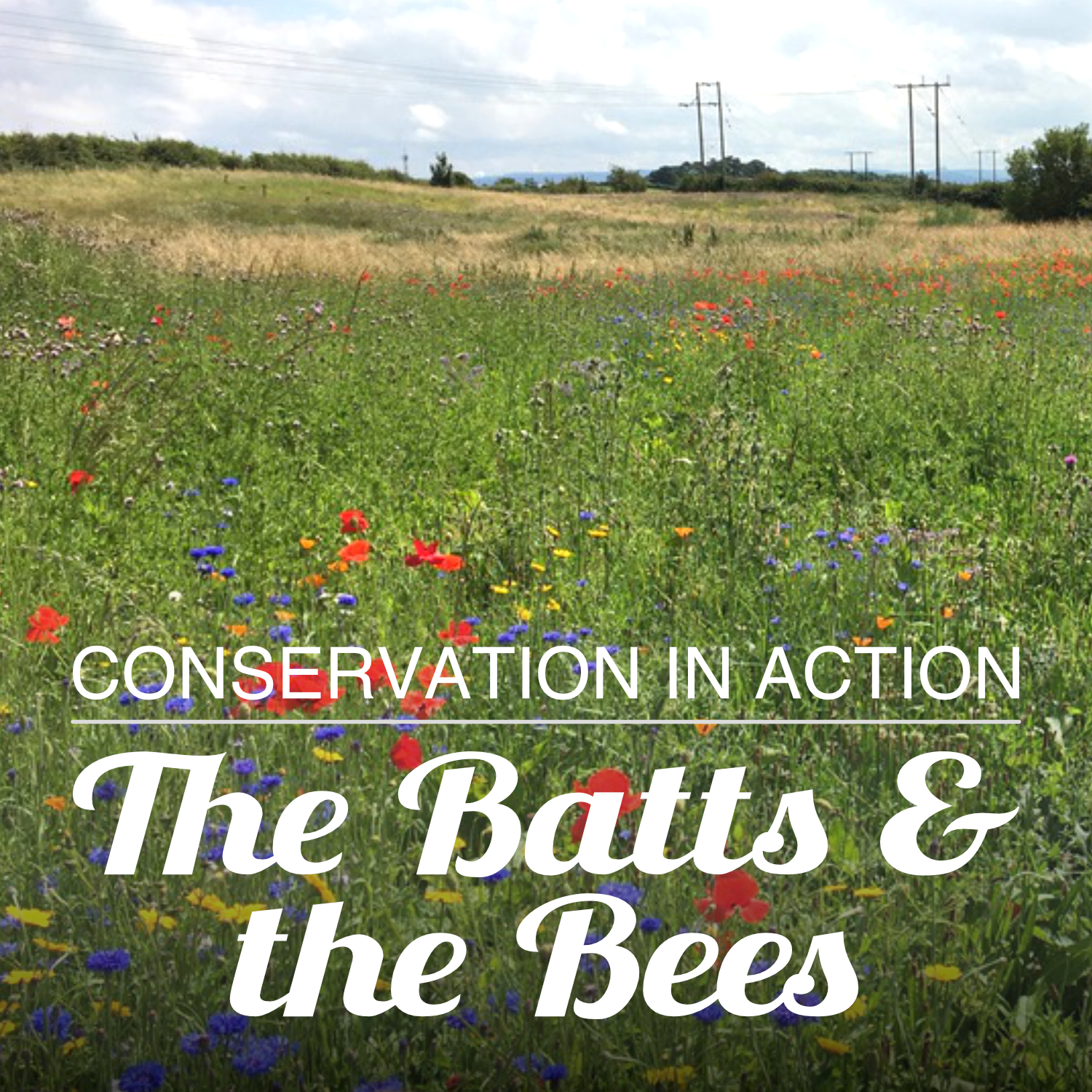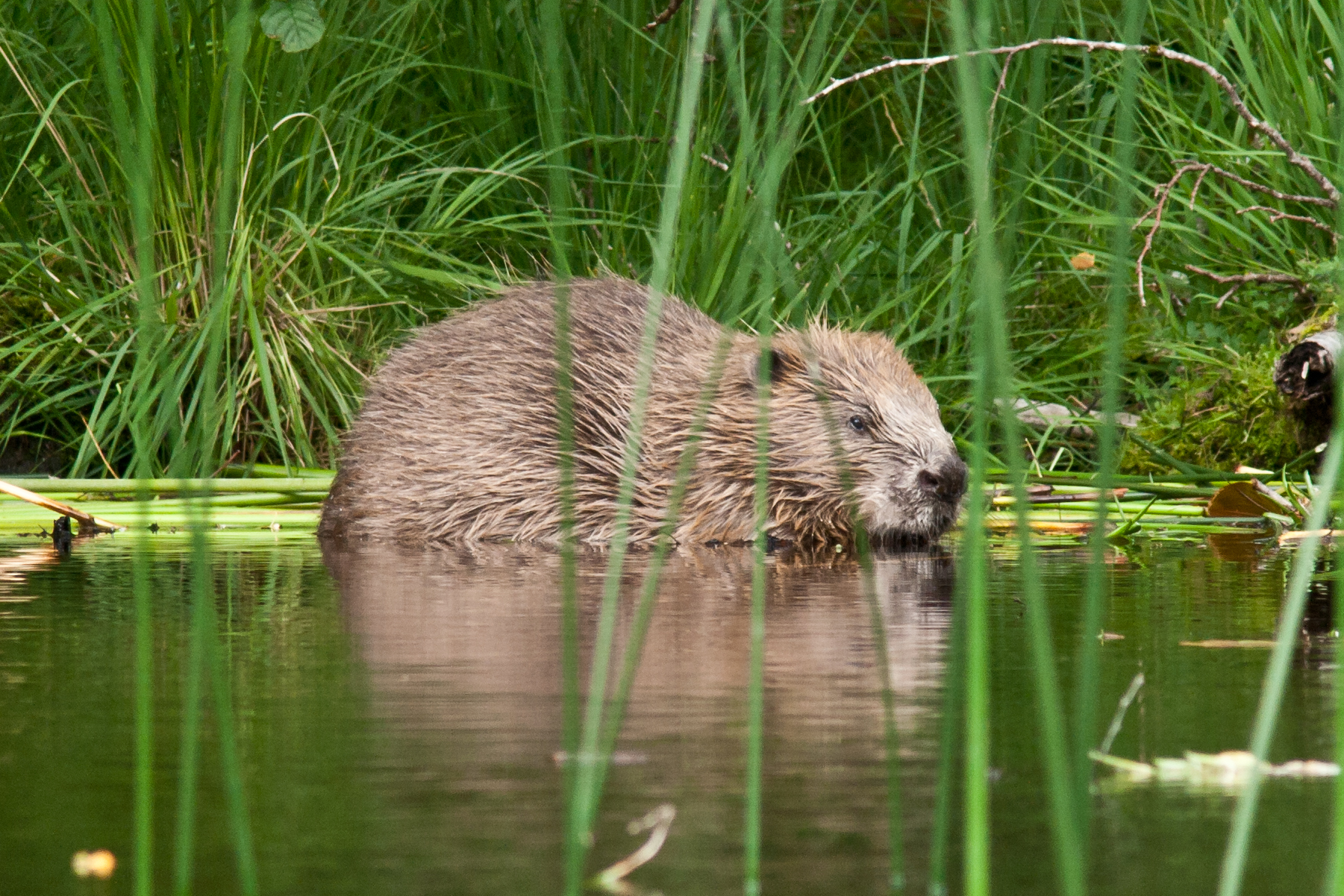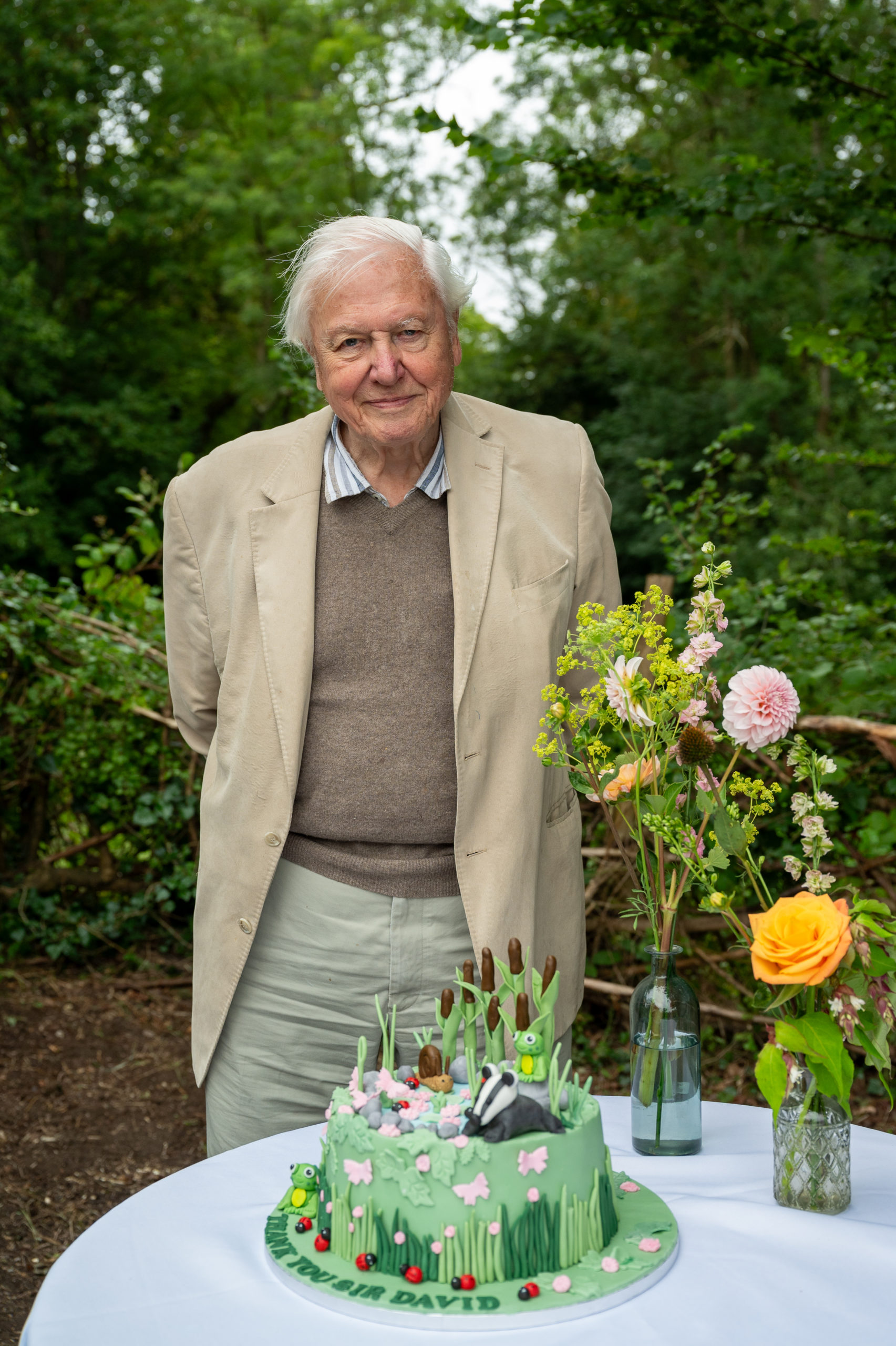Dan van den Toorn, Reserves Manager, tells us about a recently completed volunteer project. Located at the Batts local nature reserve, Dalton Piercy (near Hartlepool), the aim was to create three mini bee meadows. “It’s a wonderful site with great potential. There’s nothing more peaceful than the buzz of bees over a meadow full of wildflowers. It’s never been more important to look after our native pollinators”.
Dalton Piercy parish council asked Tees Valley Wildlife Trust to create a group of mini-meadows on grassland they wanted to improve for wildlife. The Batts was once a piece of ancient meadow but had become overgrown with thick grasses. The village hoped to bring wildflowers and pollinators back to the 11 acre site.
The Batts was ripe for regeneration
Funding for the project came from the Red Gap Wind Farm Community Fund. With this our conservation volunteers set about cutting and clearing three patches where the meadows would grow. Village members helped too. A digger scraped off the top layer of turf and the spoil landscaped into long, crescent-shaped mounds. These south-facing banks would become perfect burrowing sites for ground-nesting bees. Who wouldn’t want a house with great views over a wildflower meadow, particularly if you’re a bee!
After this, we rotavated the site and raked it to a fine tilth. Everything was ready for a spring sowing of the wildflower seeds – a mix of perennial and annual plants. But then the first lockdown happened. Fortunately, with the hard-labour completed, Dan visited the Batts himself, scattered the seed and gave it a light rake over.
And then we waited
“What a wonderful moment it was when I was able to visit the Batts in the summer of 2020. I couldn’t be sure how successful the seeding had been, but was blown away by the wildflowers that greeted me”. Thankfully, villagers were able to see the meadows at their best too, as part of their allowed outdoor exercise.
With proper management, this site should continue giving pleasure to visitors and serving as fantastic habitat for local wildlife.
You can read the full story in the Winter Issue of Wild Tees Magazine. Become a member and you will receive your issue of Wild Tees Magazine and much more. Hit that ‘Join’ button at the top of the page!



